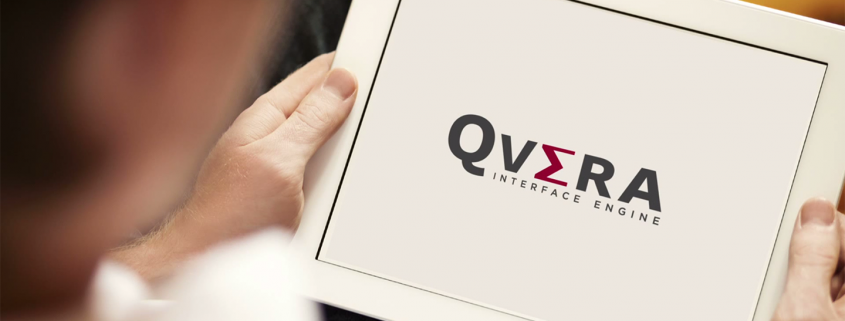Announcing the release of Qvera Interface Engine (QIE) version 3.0
Qvera is excited to announce the release of Qvera Interface Engine (QIE) 3.0. In the QIE 3.0 release we have added more than 60 new features and product enhancements including:
- Enhanced REST based Web Services for additional FHIR® support
- New code wizard functions for faster interface development
- Automate error management from scheduled scripts
- Native JSON message model support
- Password protected interfaces/packages which allow you to protect and distribute configurations you create
The more interfaces you create in the new QIE 3.0, the more you’ll wonder how you ever developed without it.
Enhanced FHIR® support:
Many new code wizard functions have been added to enable faster FHIR interface development, including functions for easily converting FHIR resources between the JSON and XML supported formats. Other new functions which support FHIR resources include: A For Loop generator, additional StringUtils, urlEncode and urlDecode…and many more!
Native JSON support:
We have added native JSON message model support with a tree view that supports JSON node path lookup (and a brand new JSON Tutorial) for working with FHIR resources.
Password protected packages:
For those of you who develop and support interfaces for multiple organizations and need to protect their intellectual property, we’ve added the ability to create and password protect “packages” composed of the channels, connections, variables and functions, etc. bundled together in a password protected package that can then be distributed and installed at clients sites.
Additional REST based Web Service methods:
We have expanded our REST based Web Service support to include the following methods which are used by the FHIR protocol. PATCH, OPTIONS, HEAD and TRACE.
View used endpoints:
We know how important it is to see all of the endpoints your interface engine is connecting to. So we’ve added the ability for you to quickly view all of the endpoints inside QIE (both source and destination). We even conveniently grouped them for you by connection type.
To view the full release notes click here.



